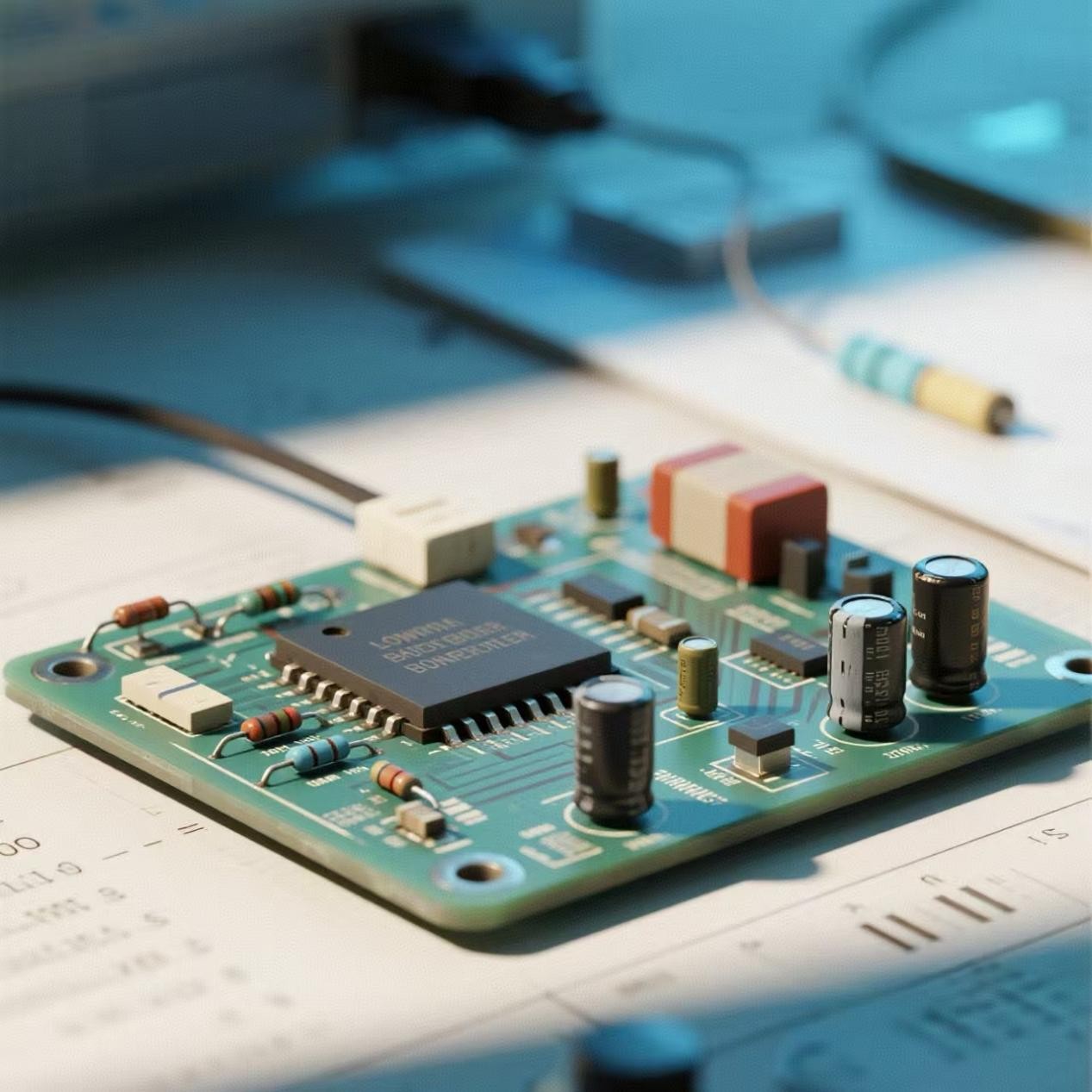Have you ever noticed the letters “LPF” on your amplifier’s knobs or in the menus and wondered what they actually do? LPF stands for Low Pass Filter. It acts like a dedicated “frequency gatekeeper” in your audio system, allowing low-frequency signals to pass while simultaneously blocking or attenuating high-frequency signals. It’s like creating a dedicated “bass channel” for the sound world and it’s incredibly important for achieving great sound quality and protecting your precious equipment.
What exactly is LPF?
In simple terms, an LPF (low-pass filter) is an electronic circuit or digital algorithm whose core function is to process frequencies. It only allows signals below a certain set value (this value is called the “cutoff frequency”) to pass through, and signals above this frequency will be greatly attenuated.
Key Parameter – Cutoff Frequency
This is the most important setting for the LPF, as it determines which sounds are allowed to pass through. For example, if you set the LPF cutoff frequency to 120 Hz, most bass sounds below 120 Hz (such as bass and bass drum sounds) will pass through smoothly, while sounds above 120 Hz (such as vocals and cymbals) will be filtered out.
Slope
A filter doesn’t suddenly cut off at the cutoff frequency; it has a gradual attenuation transition region. The slope indicates the steepness of this attenuation, usually expressed in decibels per octave (dB/octave). The higher the slope, the cleaner the filtering.

How does LPF work?
In analog amplifiers (such as those in car audio or professional audio equipment), LPF is usually a circuit network composed of resistors, capacitors and operational amplifiers. Its working method can be understood as follows
- Screening frequency:The different characteristics of capacitors and resistors that respond to signals of different frequencies make it easier for high-frequency signals to “slip through” the capacitors and go to the ground, while more low-frequency signals are retained and sent for amplification.
- Smoothing the signal:In addition to filtering, LPF can also make the signal smoother and eliminate unnecessary rapid fluctuations (that is, high-frequency noise), thereby reducing the “hissing” sound in the audio and making the bass you hear cleaner and warmer.
Why does an amplifier need an LPF?
The LPF on the amplifier is not just for show, it has both practical value and protective function.
Improved sound quality
This is its most important job. In multimedia or car audio systems, LPF often forms a frequency division network together with its good partner, high-pass filter (HPF). LPF is responsible for guiding low-frequency signals to subwoofer or woofers, specifically responsible for outputting deep and powerful bass; while HPF is responsible for guiding mid- and high-frequency signals to full-range speakers or tweeters. This division of labor can effectively reduce the sound interference between different speaker units, making the overall sound clearer and more layered.
Protecting equipment
Speakers, especially woofers, have physical limitations. Driving a subwoofer directly with a high-power signal containing extremely high frequencies can cause the diaphragm to move more drastically than it can handle, leading to overheating or mechanical damage to the voice coil. LPF remove these harmful high-frequency components, protecting your expensive speakers from distortion and overload.
Reduce distortion and noise
Any audio signal may be mixed with some irrelevant high-frequency noise. LPF can filter out these unnecessary components, ensuring that the power amplifier focuses its energy on amplifying the effective low-frequency signal, so that the sound is purer.
How to set and adjust LPF?
Correctly adjusting the LPF is crucial to achieving the desired sound effect. The adjustment process mainly involves setting a suitable cutoff frequency.
Find that tacit understanding
The ideal cutoff frequency depends on the performance of your speakers and subwoofer. Generally, you can start by adjusting it in the 80-120 Hz range. The goal is to ensure that the subwoofer sound blends naturally with the bass of the main speakers, without any gaps or overlaps.
With some tools
When professionally tuning, test sound sources (such as a test CD or audio file containing various frequency sweeps) and measurement tools (such as a sound level meter or real-time analyzer) are used to help find the correct position.
Follow the steps (taking a car audio amplifier with LPF function as an example)
- Go to your amplifier’s settings menu and find “Subwoofer LPF” or a similar option.
- Select “ON” to turn it on.
- Depending on your system configuration and listening preferences, adjust the frequency adjustment knob or enter a number in the menu until you find the cutoff point that works best for you.
